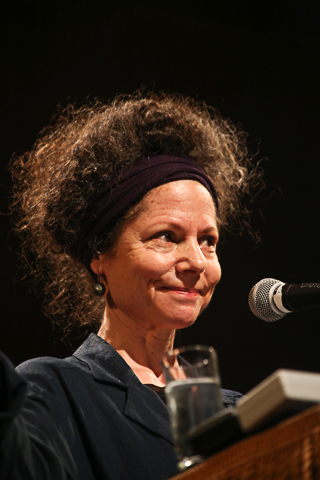
San Onofre Nuclear Generating Station%2C 2012.
(Image by Wikipedia (commons.wikimedia.org), Author: Jelson25) Details Source DMCA
In the mid-1940s, a small group of scientists learned to split uranium atoms. They applied their newfound knowledge to making and deploying nuclear bombs. When World War II ended, yet other scientists wanted to split uranium atoms to generate electrical power for military operations and public utilities: they wanted to make nuclear reactors to produce plutonium, the basic material necessary for thermonuclear bombs. (Producing plutonium demands lots of electrical power.)
Destruction caused by the USA's bombing of Hiroshima and Nagasaki still traumatized the American public. Quietly, with a cover story called "Atoms for Peace", our government began subsidizing nuclear power plants, which each took about a decade to build. The "military industrial complex" named by President Eisenhower began to thrive.
On a beach in San Clemente, California, 40 miles north of San Diego, the San Onofre nuclear power plant's first reactor began operating in 1973. Two more units opened in 1983 and 1984. The plant eventually provided electricity for 1.4 million homes.
"SOS: The San Onofre Syndrome: Nuclear Power's Legacy", an extraordinary documentary by Mary Beth Brangan, James Heddle and Morgan Peterson, chronicles nearby residents' discovery, after the 2011 Fukushima nuclear power plant's triple meltdown, of the San Onofre reactor's vulnerabilities: the facility lies in a seismic fault zone that could also see earthquakes and tsunamis. It leases its land from a U.S. Marine base. In the event of war, this makes San Onofre a "legitimate" geo-strategic target. The power plant's visibility (from land, sea and air) makes it vulnerable to terrorist attacks. Employees who reported radiation leaks and other problems at the plant got fired. The canisters that store San Onofre's radioactive waste are designed to last 20 years but radioactive waste can last 500 million years.
Twelve years in the making, this film shows the regional and international efforts that shut down San Onofre in 2012. It shows the debate that continues about the safest and most ethical way to deal with the reactor's radioactive waste. The filmmakers call their documentary "San Onofre Syndrome" because every nuclear reactor generates radioactive waste. Worldwide, 436 nuclear reactors operate in 32 countries. The U.S. operates 54 nuclear power plants and 92 nuclear reactors. Winds blow east. If a meltdown occurred at San Onofre or at California's two other nuclear power facilities the entire country (and eventually Europe, Asia and the Pacific) could receive radioactive fallout. Indeed, the whole planet has been contaminated by radioactive fallout from Chernobyl, Fukushima and hundreds of thermonuclear bomb tests conducted by France, the U.K., Russia, China, India, Pakistan, Israel and North Korea.
A parade of courage
I've seen "SOS" three times, and each time, I'm stunned by how much I don't know about nuclear power and nuclear waste. And yet, the film genuinely encourages me in my humanness. Hearing Naoto Kan, Prime Minister of Japan during the Fukishima meltdown, state that he's changed his mind about nuclear power 180 degrees dazzled me. So did S. David Freeman (who directed utilities in Tennessee, Los Angeles and Sacramento and who closed down reactors) when he said, "We've got to kill the reactors before they kill us." The film shows one ordinary person after another respond with integrity to this insane situation that we did not create. Generously, these people share what they've learned, name questions and options and spread courage.
(Note: You can view every article as one long page if you sign up as an Advocate Member, or higher).





